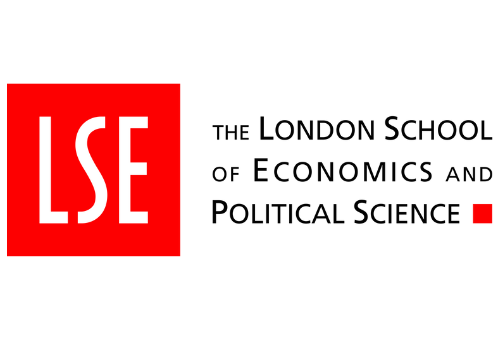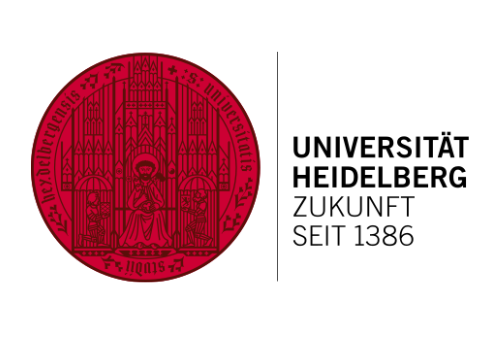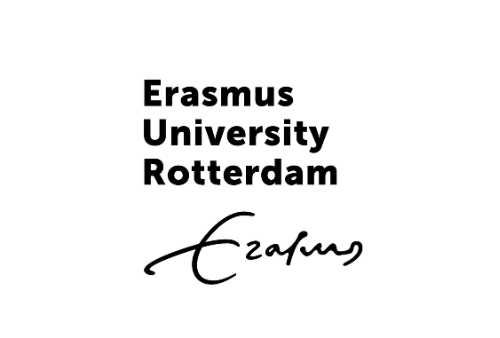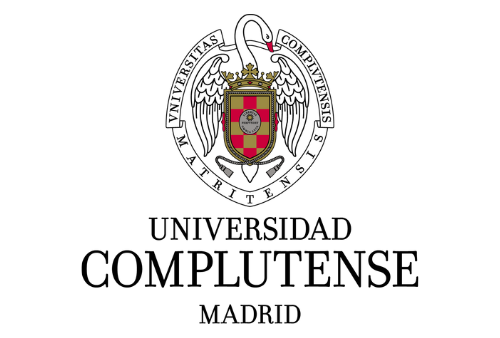VERACITY OF LIVE IN RELATIONSHIP IN INDIA
Kamaljeet Kaur, Student at University Five Year Law College, University Of Rajasthan, Jaipur
ABSTRACT
As the Article 21 of the Indian Constitution says
“No person shall be deprived of his life or personal liberty except according to procedure established by law.”1
After the landmark judgement of Apex court in Navtej Singh Johar vs Union Of India case Article 21 also includes in its ambit the right to live with the partner of your choice. Starting to Study with the Historical Perspectives of marriages and live in relationships in India it can be concluded that despite of not having any specific legislations, the rulings of the Hon’ble Apex Court and The High[1] court stands as a milestone and ruling to protect and provide rights to live in relationship cohabiting couples. Furthermore the live in relationship is not only circumscribed in the definition of cohabitation of two hetero or homosexual persons being legally married but there can be many reasons for which this relationship starts. This can include examining compatibility, division of expenses, financial independence, checking the dispute resolution, emotional support and many more according to the needs before formalizing this relationship into a legal marriage. Central to this paper is the legal and constitutional frameworks ranging from rights, precedents to legislations for resolving the disputes arousing with the passing time and increasing trend and protection of woman especially who are then neglected by society. The legislations include the Domestic Violence Act (2005), alimony, financial and property laws. Later on there comes speed breakers (challenges and concerns) that are need to be resolved. By drawing insights from worldwide and comparing the legislations of India with other countries like Brazil, France, USA, New York, Scandinavian countries valuable perspectives on alternative approaches to regulating and recognizing live-in relationships can be concluded.




































